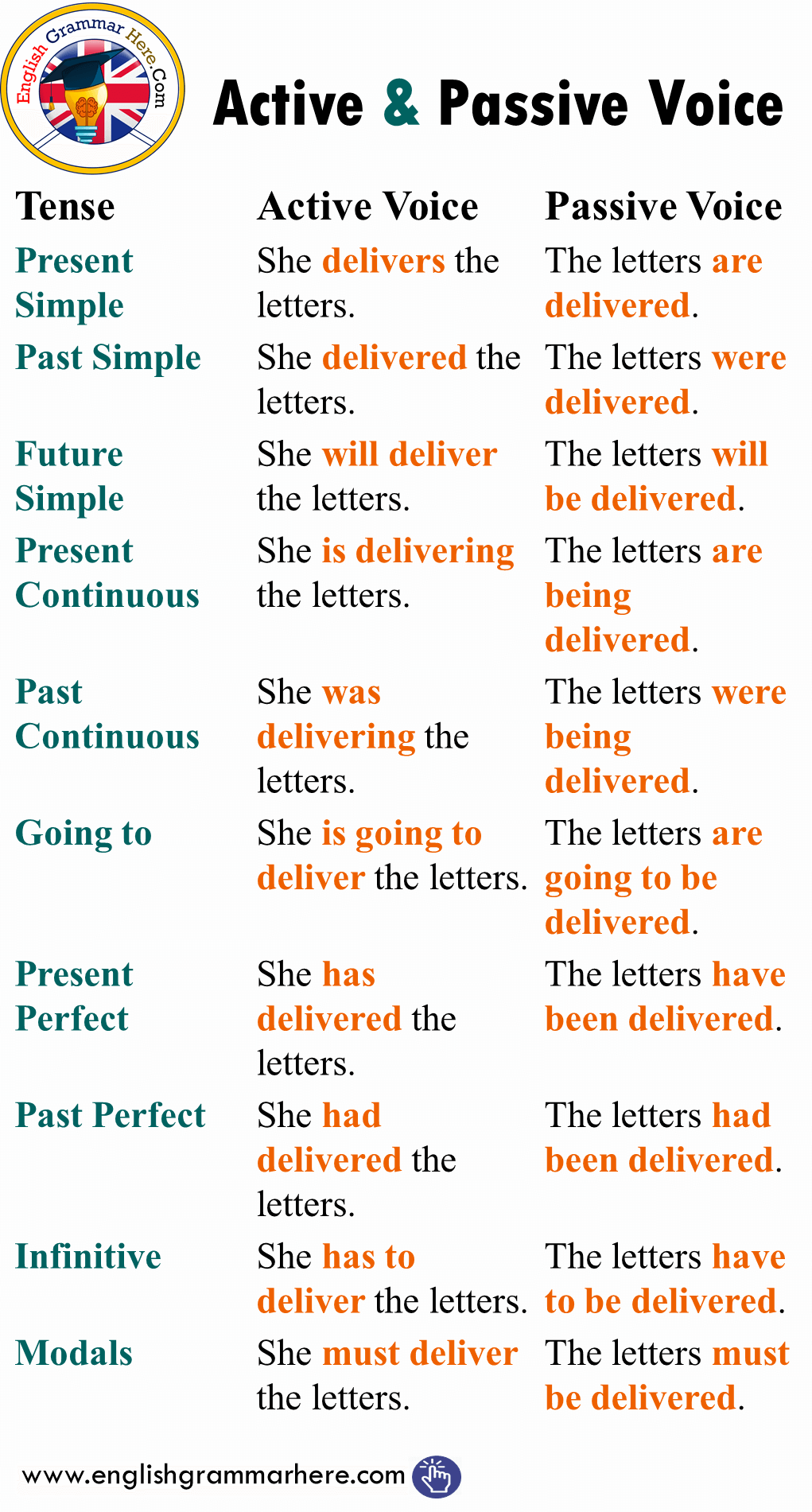Grammar plays a crucial role in effective communication, as it helps convey ideas clearly and accurately. One important aspect of grammar is understanding the difference between active and passive voice. Active voice is when the subject of a sentence performs the action, while passive voice is when the subject receives the action. Learning how to convert sentences from active to passive voice and vice versa can greatly enhance your writing skills.
Converting sentences from active to passive voice involves changing the structure of the sentence so that the subject of the sentence becomes the recipient of the action. This can sometimes lead to a shift in meaning or emphasis within the sentence. Understanding the rules and patterns of active to passive grammar can help you communicate more effectively and improve the clarity of your writing.
One common way to convert a sentence from active to passive voice is to make the object of the active sentence the subject of the passive sentence. For example, in the sentence “The teacher praised the students,” the active voice can be converted to passive voice as “The students were praised by the teacher.” This shift in focus from the teacher to the students changes the dynamic of the sentence.
Another important aspect of active to passive grammar is understanding when to use passive voice. Passive voice is often used when the focus is on the action or when the doer of the action is unknown or unimportant. For example, in the sentence “The cake was baked by someone,” the focus is on the action of baking the cake rather than the person who baked it. Using passive voice in this instance allows for a more concise and direct expression of the idea.
While passive voice can be useful in certain situations, it is important to use it judiciously. Overusing passive voice can lead to awkward and convoluted sentences that are difficult to read and understand. By mastering the art of converting sentences from active to passive voice, you can strike a balance between clarity and variety in your writing.
In conclusion, understanding active to passive grammar is essential for improving your writing skills and effectively communicating your ideas. By learning how to convert sentences from active to passive voice and recognizing when to use each, you can enhance the clarity and impact of your writing. Practice and familiarity with active to passive grammar will enable you to become a more confident and proficient writer.
